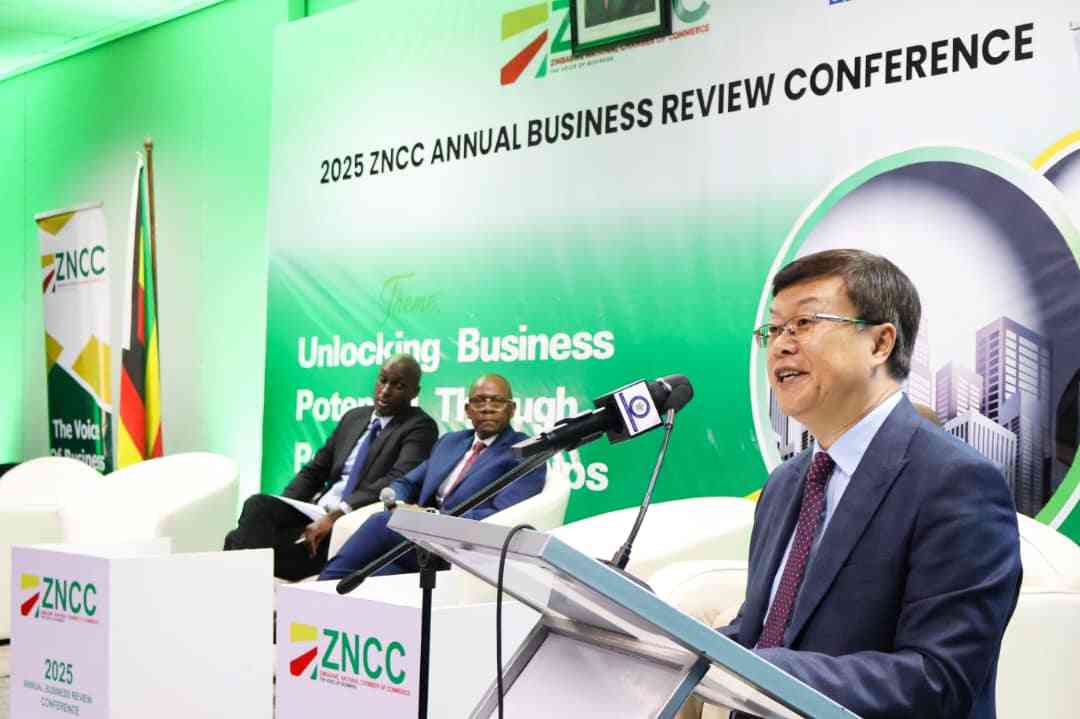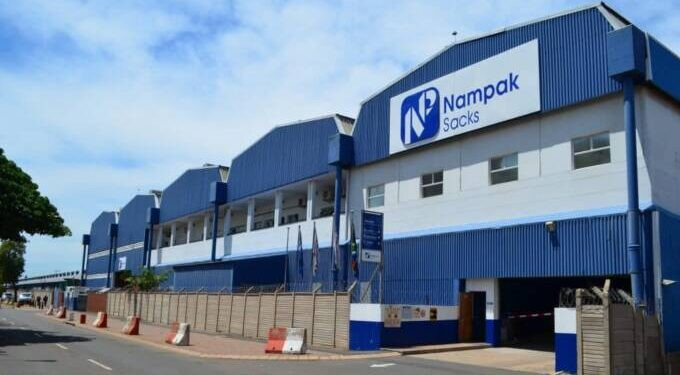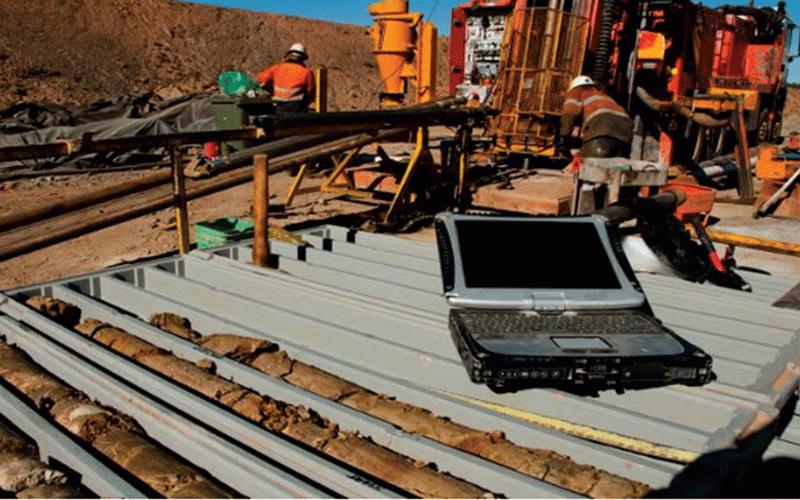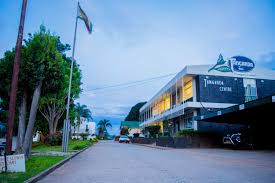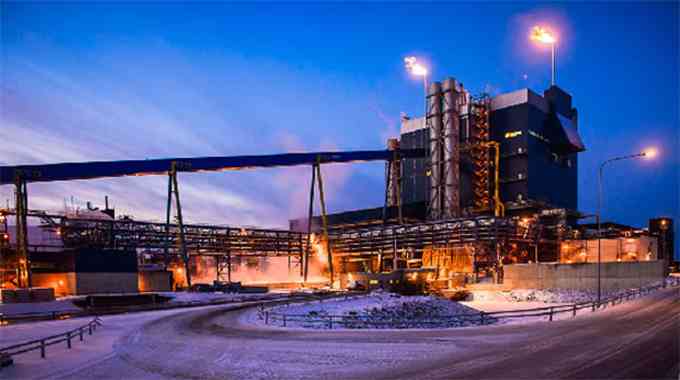
ZIMBABWE Alloys (ZimAlloys), one of the country’s biggest producers of ferrochrome, will restart its 50 000 tonnes per year furnace in July this year after investing more than US$13 million in it, an official has said.
The company, controlled by diversified mining group Kuvimba Mining House (KMH), has three furnaces at its Gweru smelting complex with combined installed capacity of 120 000 tonnes per annum.
ZimAlloys managing director Deric Dube told journalists during a media tour of Trojan Nickel Mine in Bindura on Tuesday that the plant would begin producing ferroalloy in August this year.
KMH, whose biggest shareholder is the government, also owns Bindura Nickel Corporation also known as Trojan Nickel Mine.
“One of the things we're doing is we're switching on our first furnace this year. We've had no furnace production for the last 13 years almost. So, it's a very big milestone for us to get this furnace going,” Dube said.
“We think this furnace alone is a stepping stone to then switch on the entire complex A. Putting it into perspective, in complex A, we've got what's called an A3 furnace. That for me is a project that's very close to my heart. It's the biggest single furnace in the country. It's got a production output capacity of 3 900 tonnes of ferroalloy per month.
“That's about probably just under 50 000 tonnes per year of ferroalloy. That's massive because it’s a 30 megavolt amperes (MVA) furnace, if you consider that the biggest furnaces in the country are run by Zimasco and they have about, I think their biggest one is a 24MVA that's probably got about a production of 2 800 to 3 000 tonnes a month.
“So that's a project that we've sunk a lot of our own internal money on. To this stage, we are about US$13 million capital expenditure and operating expenditure away from restarting the furnace and we've obviously been tightening our belt from our own resources and our growth projects to make sure that this furnace restarts sooner rather than later,” he said.
- ZimAlloys ready to switch on its biggest furnace
- Steel manufacturing industry bullish
- Zisco deal gets Cabinet nod to sell iron ore
- Govt blocks US$400m platinum deal
Keep Reading
He said because the business was out of operation for a long time, it lost a significant amount of talent, including engineers, production managers, and experts in electrical, mechanical and engineering fields.
As a result, they are using the furnace as a test and reskilling ground for all their employees, he said.
“We want to make ZimAlloys those greener pastures that they return to starting with the M1 furnace. One of the first things that I led was the capital raise of US$2,1 million to ensure that the restart of this furnace happens.
“We've already spent US$4 million of our own money towards spares for the A3 furnace. We're going to be buying blocks and a few other things that are going to come in to restart the A3 furnace this year,” he said.
Dube also revealed that ZimAlloys is working on a few expansion projects, such as a wash plant in Lalapanzi, Midlands province. Despite having an installed capacity of only 700 tonnes per month, the plant has had some successful runs.
“All we were doing was patching here and there because again, when you want to prove a concept, you start with what you have and make that work. So we've eventually gotten that wash plant to produce 1 000 tonnes per month,” he said.
A group led by John Brown Group established ZimAlloys in 1949. Anglo America Corporation took over control in 1965, and 40 years later sold it to Benscore Investments.
ZimAlloys was the first company in Africa to own a ferrochrome plant. The business owns approximately 20 000 hectares of chrome claims spread across the entire country, with proven resources totalling 72,25 million tonnes of chrome ore. Only 15% of its claims have been looked into.
Zimbabwe holds the world's second largest chrome ore reserves after South Africa.
Kuvimba has invested in rebuilding defunct mines in the past year, with interventions at Freda Rebecca Gold Mine, Bindura Nickel Corporation, Shamva Gold Mine, Jena Mine, Elvington Mine and ZimAlloys to help them return to, or scale up production.

